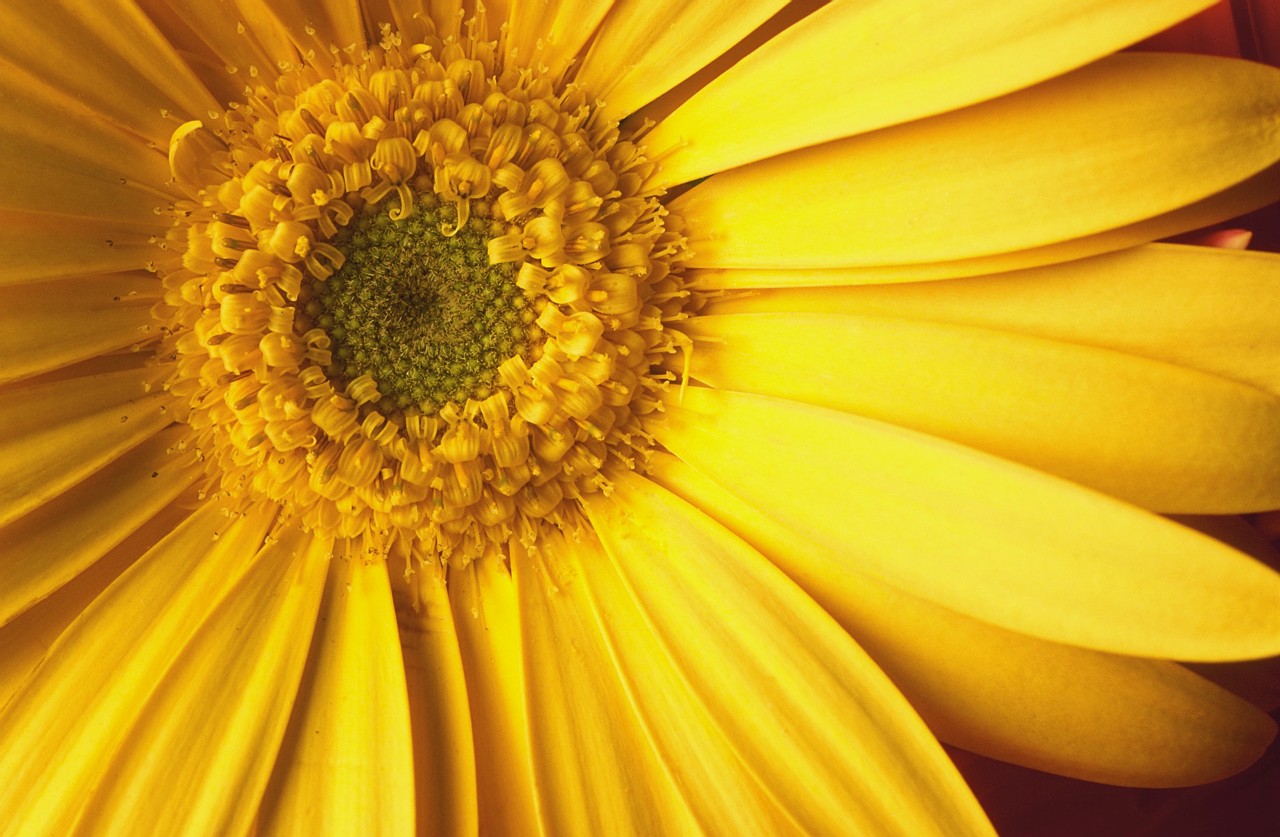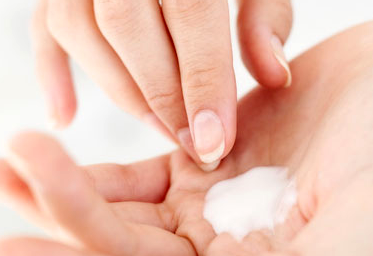Written and Photographed by Juliet Blankespoor

-
If you’re looking for an herb to soothe and repair digestive issues, the cheery flowers of calendula (Calendula officinalis) will be one of your primary allies. Calendula tea is commonly used to help remedy peptic ulcers, gastroesophageal reflux disease (GERD), and inflammatory bowel disease (IBD). It supports the healing of gastric and intestinal inflammation from infection or irritation through its vulnerary (wound healing), anti-inflammatory, and antimicrobial actions.
Calendula can be combined with licorice (Glycyrrhiza glabra), slippery elm (Ulmus rubra), marshmallow root (Althaea officinalis), and meadowsweet (Filipendula ulmaria) as a natural remedy for GERD, which commonly affects people with the symptoms of heartburn. In the case of peptic ulcers, calendula can be taken concurrently with antibiotic therapy (to address the presence of the bacterial infection of H. pylori or Helicobacter pylori), and then continued for two weeks after finishing treatment. See the notes below for important contraindications.
For a more detailed guide to calendula’s expansive medicinal benefits, visit my article on Growing and Using Calendula.
-

Meadowsweet (Filipendula ulmaria) harvest
Safety and Contraindications: Do not use calendula internally during pregnancy since it has traditionally been used to bring on menses. As calendula is in the aster family, it may cause a reaction for people who are highly sensitive to plants like ragweed (Ambrosia spp.) and chamomile (Matricaria recutita); this possibility is rare, but sensitive individuals should proceed with caution when using calendula for the first time. Rare incidences of allergic contact dermatitis have occurred with the topical use of calendula.
 -
-
Digestive Calendula Tea
This tasty tea blend is helpful for acid reflux and helps to reduce heartburn through the anti-inflammatory, astringent, and demulcent actions of the herbs. This tea is also helpful for soothing sore throats, peptic ulcers, and inflammatory bowel disease (IBD). It can be sipped on as needed or taken daily to help reduce the symptoms of gastroesophageal reflux disease (GERD). See below for contraindications for the herbs in this formula.
- 2 parts meadowsweet leaves and flowers (Filipendula ulmaria)
- 1 part marshmallow root (Althaea officinalis)
- 1 part calendula flowers (Calendula officinalis)
- 2 parts licorice root (Glycyrrhiza glabra or G. uralensis)
For every 8 ounces (240 ml) of water, use 2 teaspoons (10 ml) of the herb blend. Place the desired amount of herbal blend and water in a pot and bring to a boil. Simmer for twenty minutes and take off the heat.
Strain and sweeten with honey or maple syrup if desired. Drink one to three cups a day.
Because this tea is best taken tonically (daily), I find it’s helpful to pre-mix a jarful of the dried herbs (in the proportions given above) to store in your cabinet and dip into whenever you’re brewing a batch. Along these lines, I prefer to infuse one to two days’ worth of tea at a time (stored in the fridge). Dosage is up to three cups per day.
Safety and Contraindications: This formula should not be taken internally during pregnancy because of the calendula and licorice (instead use slippery elm alone). The use of meadowsweet is cautioned in people who have aspirin sensitivity (or sensitivity to other salicylate-containing drugs). Meadowsweet may thin the blood; therefore, monitor coagulation values with people who are taking pharmaceutical blood thinners (the evidence for meadowsweet’s effect on coagulation is inconclusive). Marshmallow has no known adverse effects.
Licorice is contraindicated in pregnancy, water retention (edema), heart conditions, and high blood pressure. If licorice is not advisable, omit the licorice from the tea blend, and use a DGL licorice (deglycyrrhizinated licorice) preparation instead. Use the same proportions for the remaining herbs in the formula if you’re omitting the licorice.
See the notes above for contraindications pertaining to calendula.
Meet the Green Mastermind Behind Blog Castanea:

JULIET BLANKESPOOR founded the Chestnut School of Herbal Medicine in 2007 and serves as the school’s primary instructor and Creative Director. She's been a professional plant-human matchmaker for close to three decades. Juliet caught the plant bug when she was nineteen and went on to earn a degree in Botany. She's owned just about every type of herbal business you can imagine: an herbal nursery, a medicinal products business, a clinical practice, and now, an herbal school.
These days, she channels her botanical obsession with her writing and photography in her online programs and here on her personal blog, Castanea. She's writing her first book: Cultivating Medicinal Herbs: Grow, Harvest, and Prepare Handcrafted Remedies from Your Home Garden. Juliet and her houseplants share a home with her family and herb books in Asheville, North Carolina.
Want to take a deeper dive into medicinal herbs and their uses?
Our 1,000-hour Herbal Immersion Program is the most comprehensive handcrafted online herbal course available, covering botany, foraging, herb cultivation, medicine making, and therapeutics.
-




